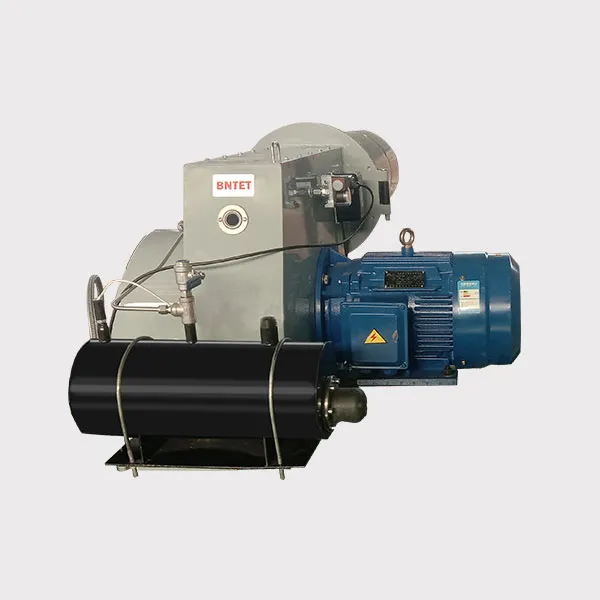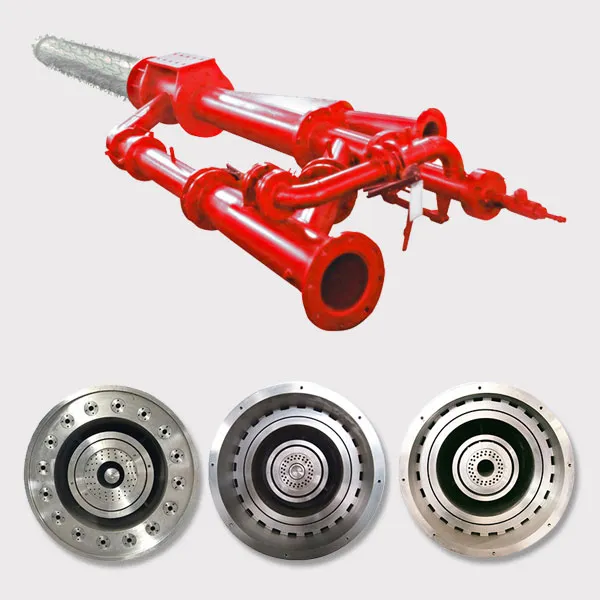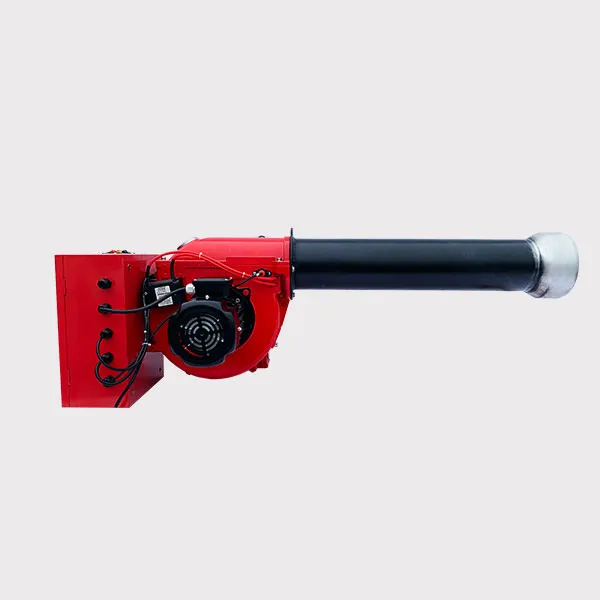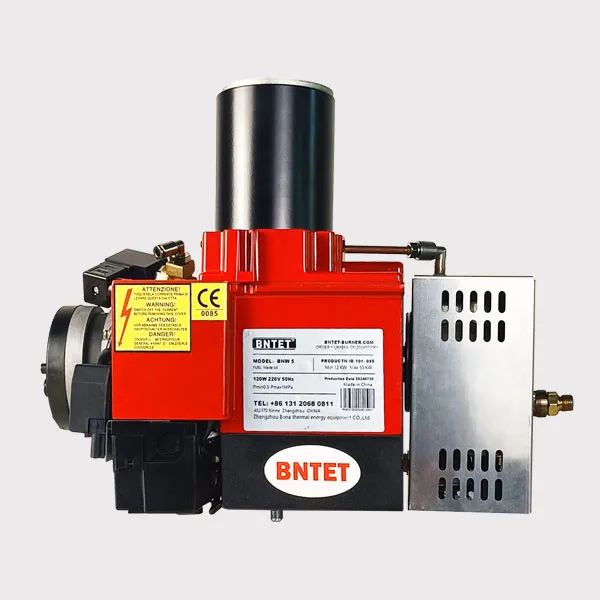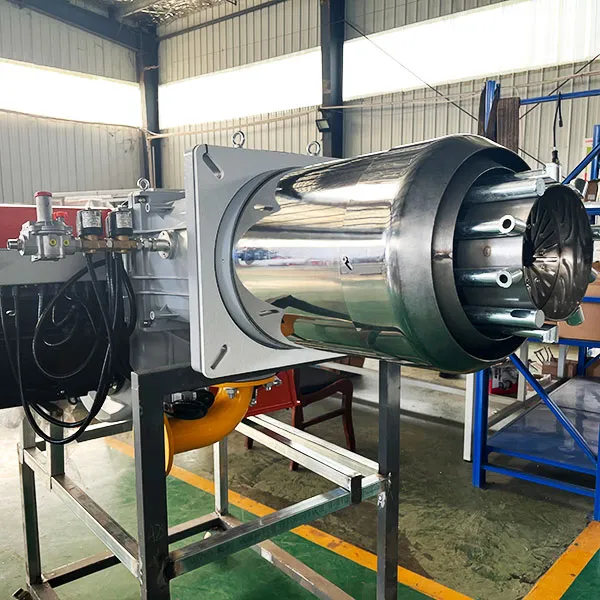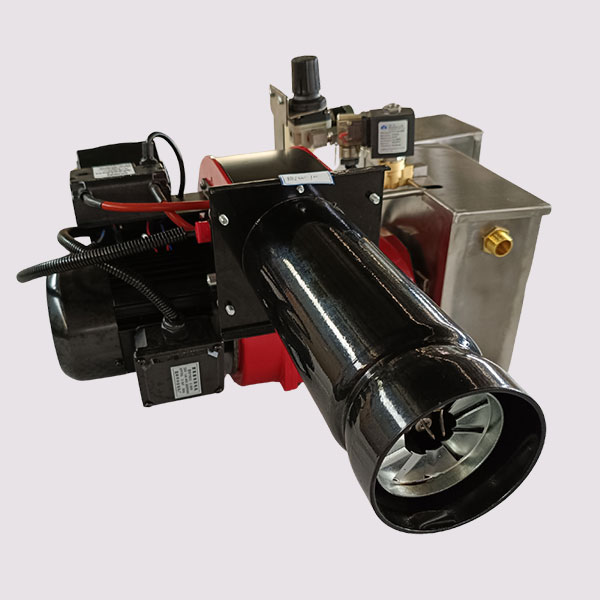Difference between premixed combustion and diffusion combustion
2024-10-18 14:45:32
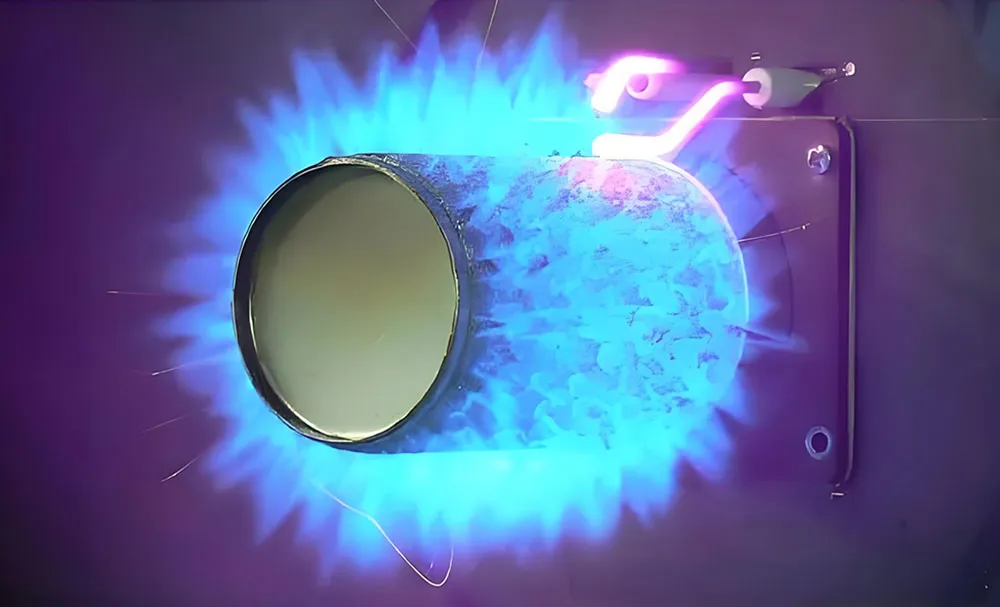
Premixed combustion and diffusion combustion are two different combustion methods, which have significant differences in combustion process, efficiency, application, etc. The following are their main differences:
1. Combustion method
Premixed combustion:
?Fully mix the fuel and air before combustion.
?The mixture ratio of fuel and air is determined before entering the combustion chamber.
?Usually produces a more uniform flame.
Diffusion combustion:
?The fuel and air are separated in the combustion chamber without premixing.
?The fuel is injected into the combustion chamber through the nozzle and naturally mixes with the surrounding air.
?The flame is usually rough and the flame front is uneven.
2. Combustion efficiency
Premixed combustion:
?The combustion efficiency is higher because the mixed gas is fully mixed before combustion, which can achieve more complete combustion.
?Usually reduces the emission of unburned fuel.
Diffusion combustion:
?The combustion efficiency is relatively low, which may lead to the generation of unburned fuel and increase emissions.
?The combustion process is more complicated, and local overheating or unburned areas may occur.
3. Flame characteristics
Premixed combustion:
?The flame temperature is evenly distributed and the flame is stable.
?Suitable for applications with precise control.
Diffusion combustion:
?The flame is less stable and the temperature distribution may be uneven.
?The flame shape and intensity are greatly affected by environmental conditions.
4. Application areas
Premixed combustion:
?Widely used in industrial equipment that requires high efficiency and low emissions, such as gas turbines, industrial furnaces and boilers.
?Suitable for occasions with strict emission requirements.
Diffusion combustion:
?Common in traditional burners, certain types of boilers and industrial furnaces.
?Suitable for cost-sensitive applications, but may not meet strict environmental standards.
5. Safety
Premixed combustion:
?High control requirements for the mixing ratio, if not properly controlled, may lead to safety hazards such as flashback.
Diffusion combustion:
?Generally safer because the fuel and air mix naturally in the combustion chamber, reducing the risk of flashback.
Summary
Premixed combustion and diffusion combustion each have their own advantages and disadvantages. The choice of which combustion method depends on the specific application requirements, combustion efficiency, emission standards and safety considerations. In high-efficiency and low-emission applications, premixed combustion is more common, while diffusion combustion still has a place in some traditional applications.


